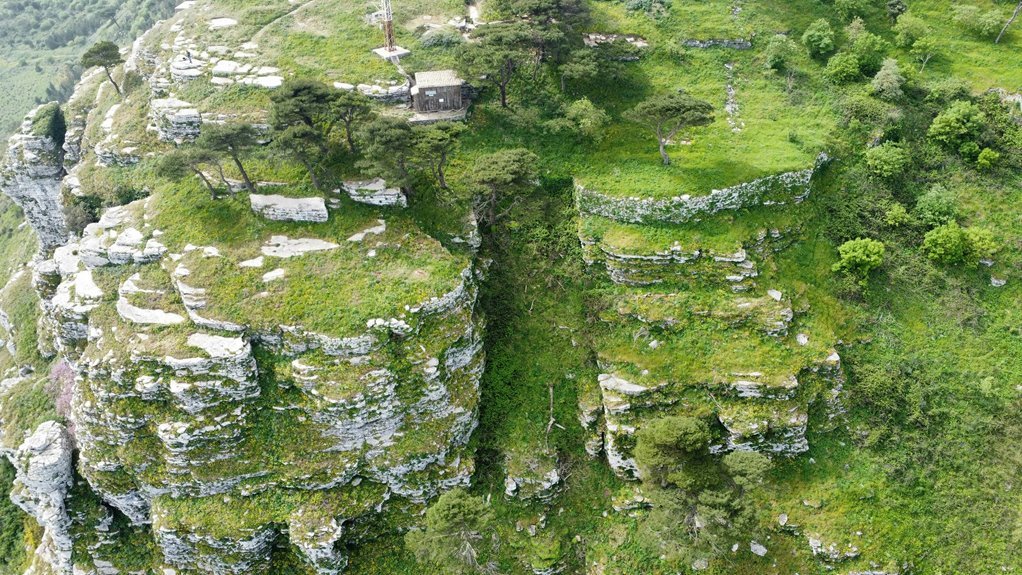The height of Genghis Khan has been a topic of fascination and speculation throughout history. Myths have emerged, depicting him as either an imposing giant or a small, underestimated figure. Yet, archaeological findings and historical texts suggest he likely stood at an average height for his era. This raises questions about how physical stature influenced his leadership style and the legacy he left behind. What does this reveal about the interplay between myth and reality in shaping historical figures?
Historical Context of Genghis Khan's Era
Although the life of Genghis Khan is often overshadowed by his legendary conquests, the historical context of his era is crucial for understanding the foundations of his empire.
The Mongolian culture, characterized by nomadic traditions, significantly influenced his military tactics. These tactics, including mobility and coordinated assaults, allowed Genghis Khan to unify fragmented tribes and expand his domain across vast territories, reshaping the political landscape.
The Myths Surrounding Genghis Khan's Height
The height of Genghis Khan has long been a subject of fascination and speculation, often shrouded in myth and exaggeration.
Genghis myths perpetuate various height misconceptions, portraying him as either a towering giant or a diminutive figure.
These narratives reflect the cultural context of his time, emphasizing strength and power over accuracy, leading to a distorted understanding of one of history's most formidable leaders.
Evidence and Research on His Actual Height
While many accounts emphasize the legendary stature of Genghis Khan, a closer examination of historical and archaeological evidence provides a more nuanced perspective on his actual height.
Archaeological findings, including remains and artifacts, suggest he was of average height for his time.
Contemporary accounts, though often exaggerated, reflect a cultural admiration rather than an accurate measurement, challenging the myth of his extraordinary stature.
Implications of Genghis Khan's Height on His Leadership and Legacy
Understanding the implications of Genghis Khan's height on his leadership and legacy reveals the interplay between physical stature and perceptions of authority in historical contexts.
His notable physical presence likely reinforced his leadership style, instilling confidence among his followers and intimidating adversaries.
This dynamic contributed to his formidable reputation, illustrating how physical attributes can influence leadership effectiveness and shape enduring legacies in history.
Conclusion
In the grand tapestry of history, Genghis Khan's stature emerges as an emblem of the era's myths and realities. While tales may paint him as a towering figure of legend, the evidence suggests he was, in truth, a man of unremarkable height, embodying the spirit and resilience of his time. This nuanced understanding transcends mere physicality, revealing how his leadership and formidable reputation were shaped not by his dimensions, but by his indomitable will and strategic prowess.




